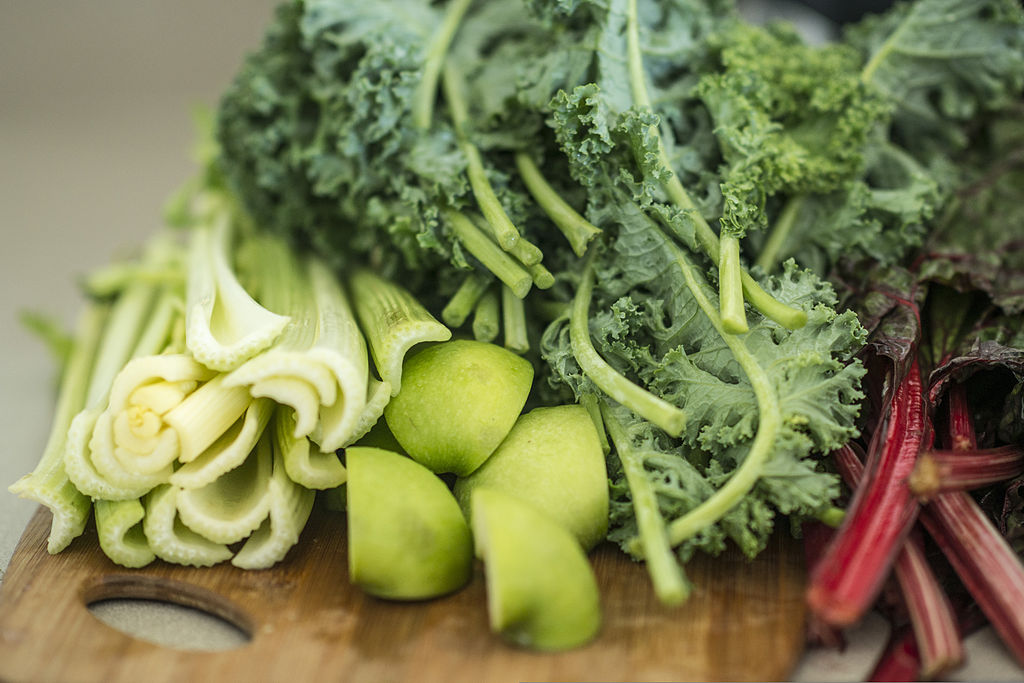Waste by Confusion

Last week we talked about the craziness that 40% of food in the U.S. is never eaten, and on average a family of 4 throws away $1500 worth of food each year which results in a waste of fuel, water, and time, among others.
Most of us don’t go to the store to pick up what we need for that day, we stock up for at least a week. This means it’s important to store food correctly so you can use everything you’ve purchased. We don’t realize how much we are throwing away when it’s a bad egg here or a moldy strawberry there.
Storing food properly to keep it edible and knowing how long you have to eat it, are two great ways to combat waste, so let’s start there.
For fresh foods, check out the NRDC’s food storage page. Change the dropdown menu to select the type of food (fruit, meat, condiment, etc.) and the most common items are listed on each page with storage information. This page will also tell you how to freeze it if you can’t use it now AND how to revive it if it’s started to wilt, brown, or soften. Did you know placing celery in cold water crisps it back up?
Mistakes will still happen, and they are compostable. If you can’t compost, consider vermicomposting inside.
When chopping vegetables save the ends and pieces you don’t want to eat by tossing them in a bag in your freezer. Once the bag is full, make vegetable stock which can be used in numerous recipes.
Then there are those pesky dates that come on prepared food. “Sell by” or “Best by” or my favorite, just a date. How are we supposed to know if it’s still OK to eat??
As it turns out, most of those foods don’t spoil, they just don’t taste as fresh. If it tastes/smells OK, it’s good; if it doesn’t/ has visible mold, it’s not. Even if it started to turn, you’d have to eat a lot in order to get sick.
More good news, those dates will be standardized by 2020 for virtually all major food manufacturers with just 2 labels: a “best if used by” to indicate freshness and a “use by” on items that may become less safe to eat as they age, like shellfish.
We’ll continue to provide food waste strategies throughout 2018, stay tuned!
Photo credit: TSgt Samuel Morse, via Wikimedia Commons

Pingback: Plan, Shop, and Chop to Reduce Food Waste – LiveGreen